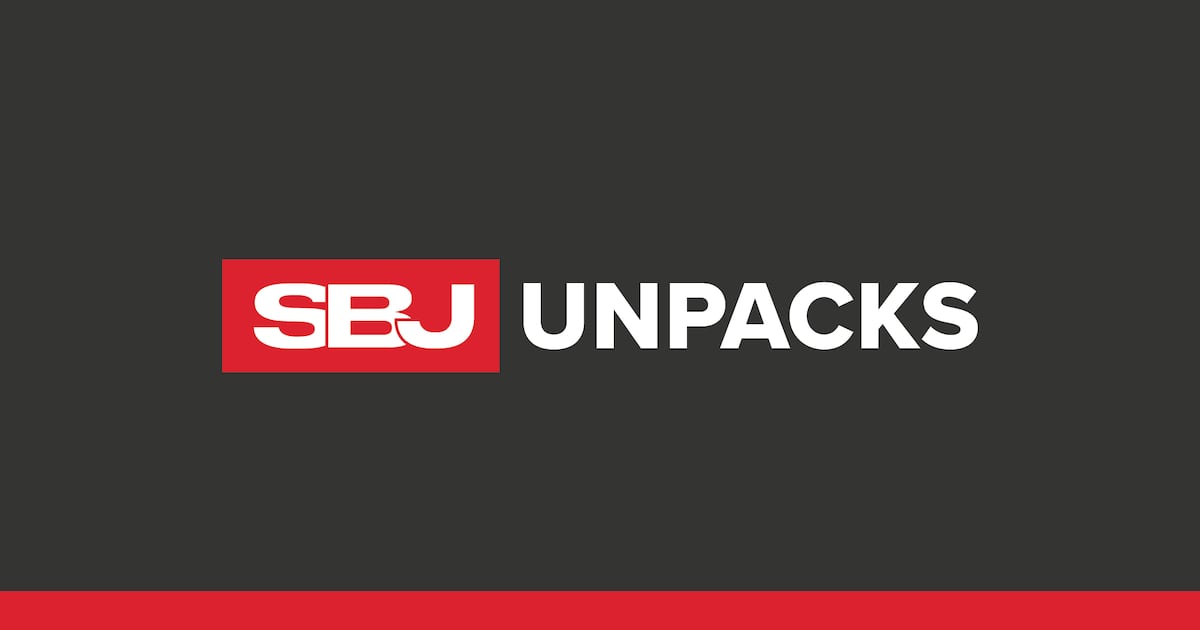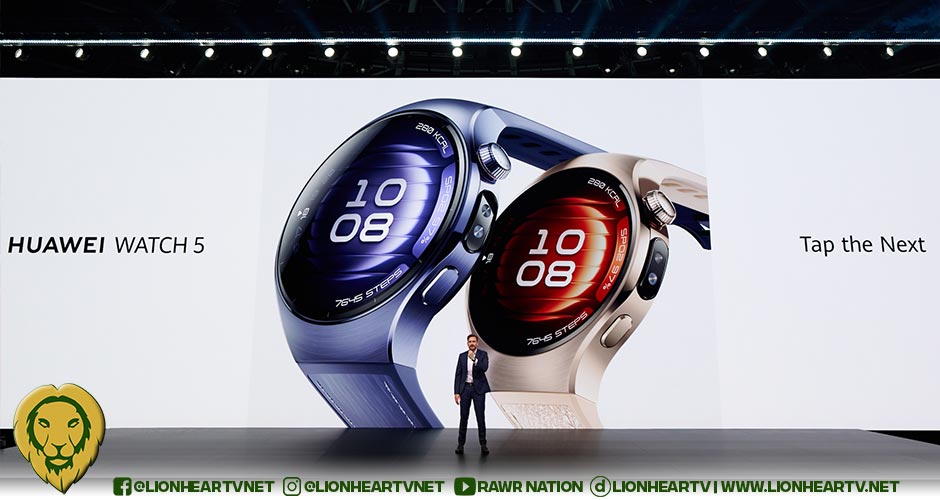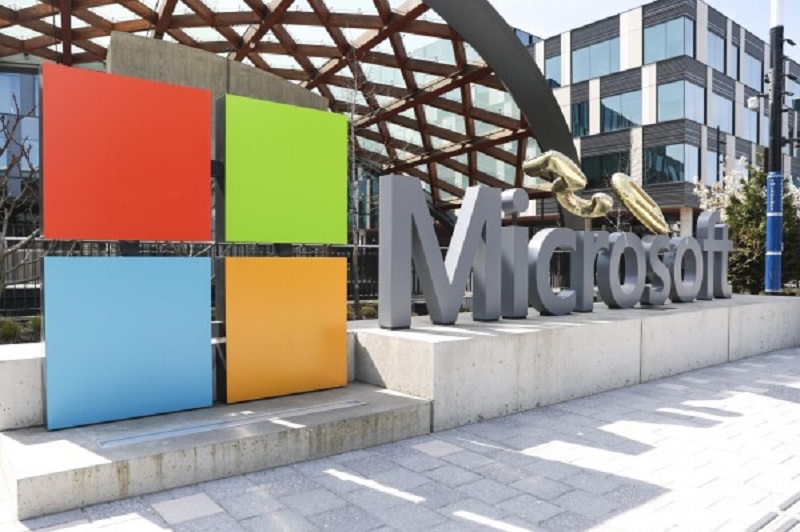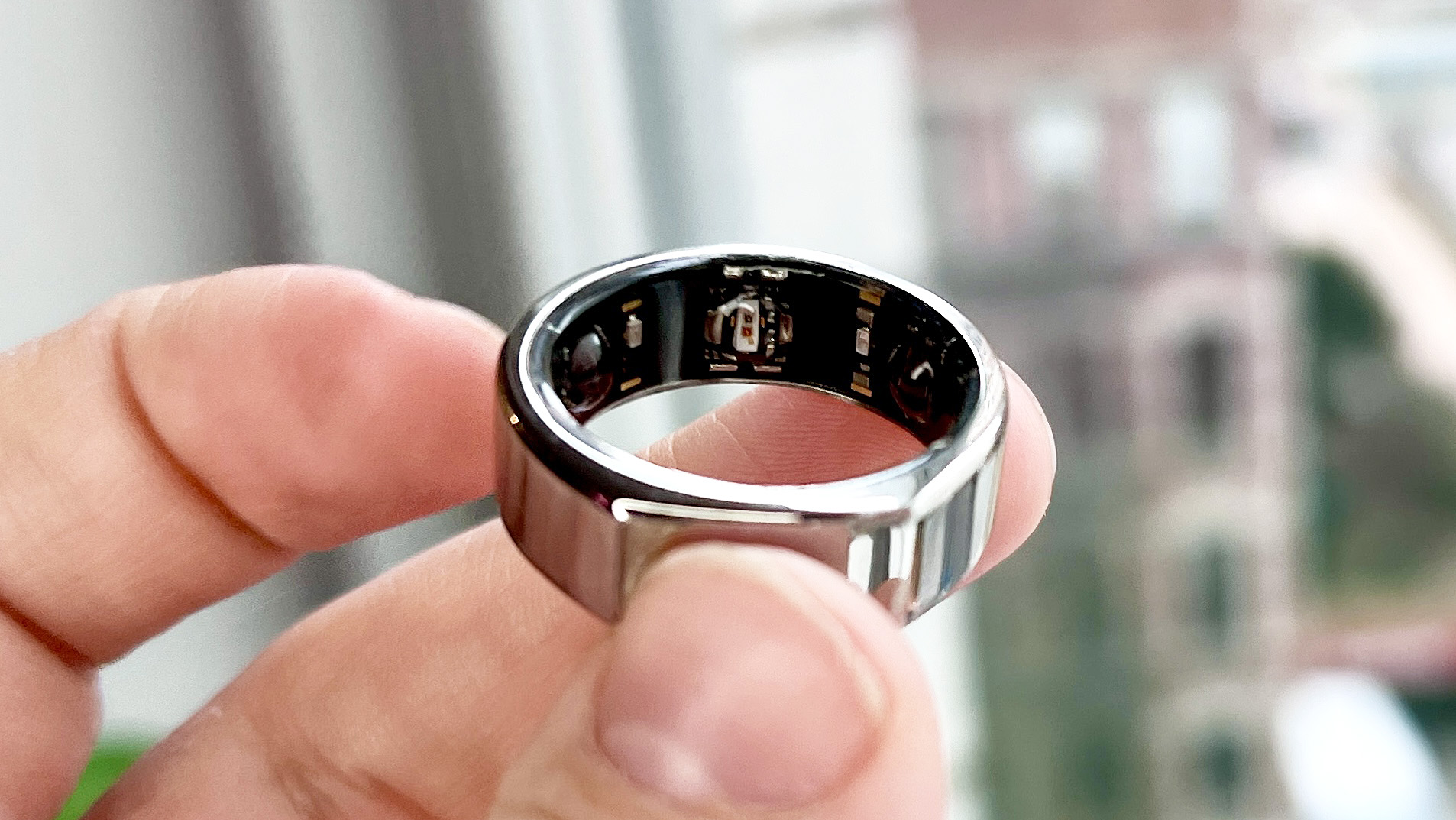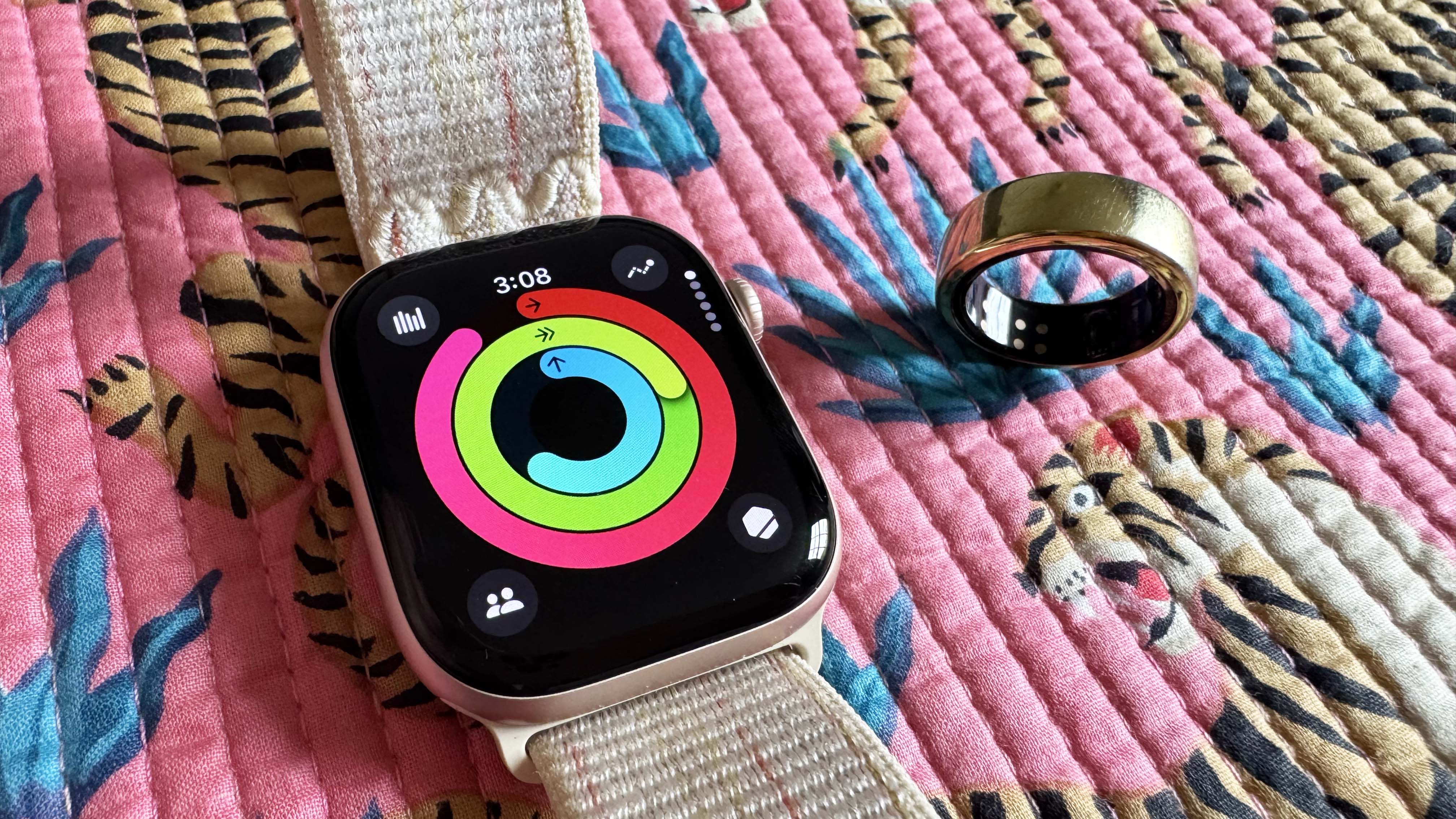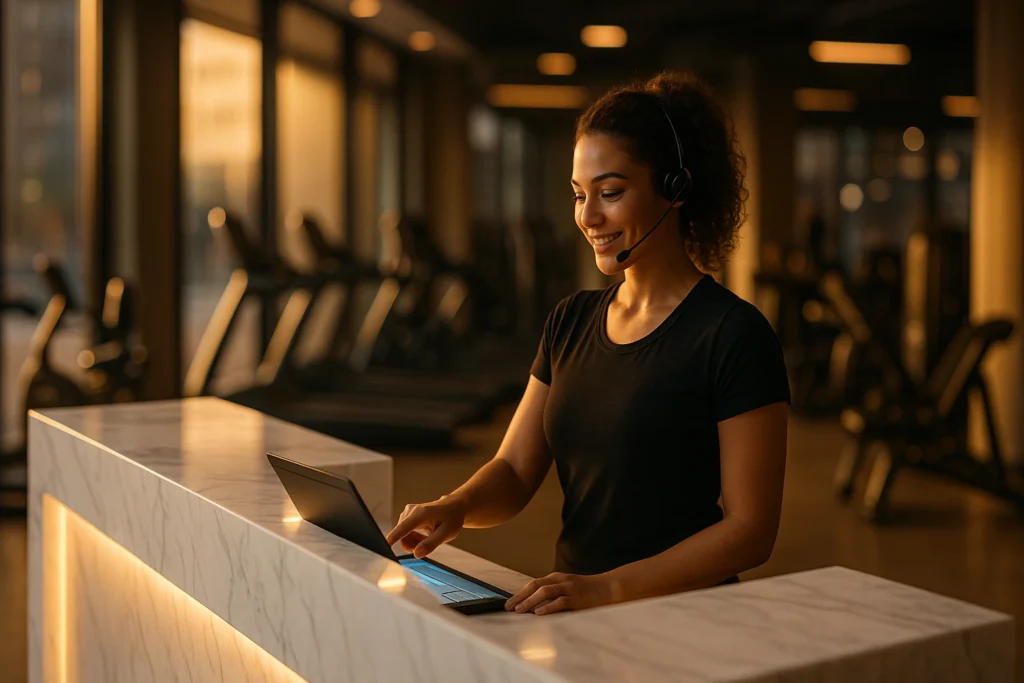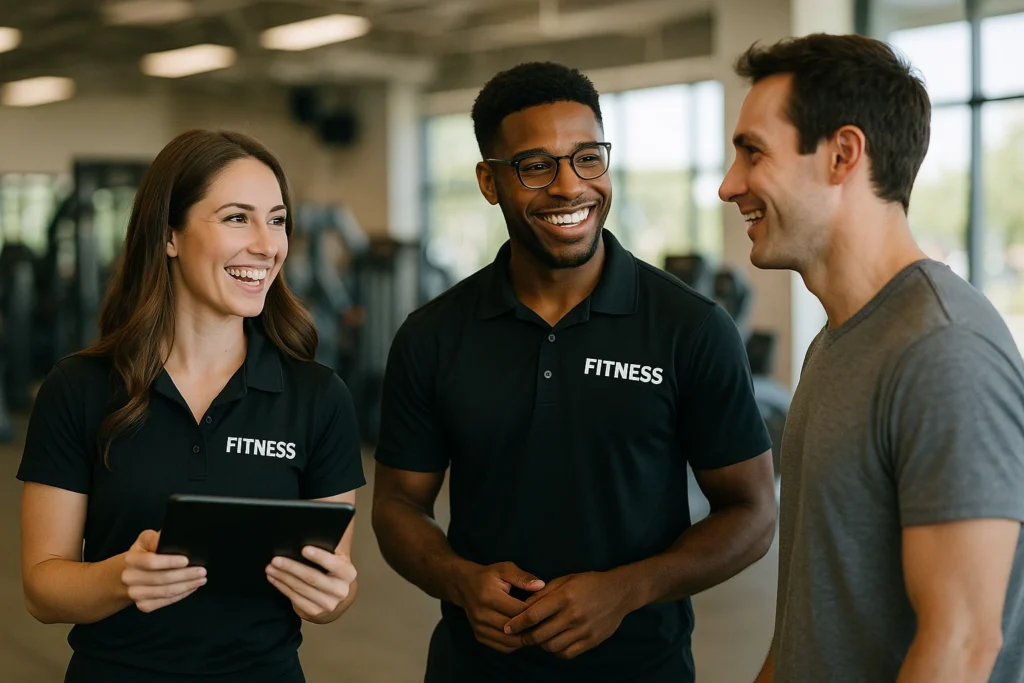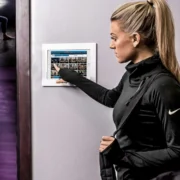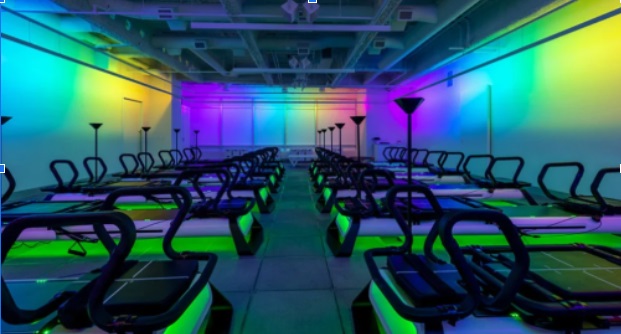Matt Roper repeats a common phrase throughout the various spaces of the NASCAR production facility: crawl, walk, run.
It’s an easy saying to rattle off that’s much harder in practice, but it’s one NASCAR has acted out again and again in the $53-million beating heart of all its live coverage and content production.
Roper, NASCAR’s managing director/production operations, has been around stock car racing for 20 seasons, seeing an astonishing amount of growth over that time. But the still-new facility, just over a year old, is a dramatic gearshift up in capabilities even as its expansion continues.
“We will get more out of that approach,” Roper told me of his go-to saying just outside of a control room humming before race time. “If you have a really big idea, you can always execute that big idea, but there are steps you need to take to make sure that it’s going to go off the way it should. So that’s what we’ve tried to do.”
I spent a few hours at the Concord, N.C.-based hub last Saturday to see it in action for the CW’s broadcast of the Xfinity Series from Rockingham Speedway. Here’s a look at the tech supporting it all, the CW’s fresh perspective on motorsports, and the horsepower boost (OK, the driving wordplay is getting out of hand) that has come to NASCAR as its production hub adds more working spaces.
The technology creating the multiple time zone pathways
My first connection of the day was with Mike Zylak, NASCAR’s senior director/engineering, who in a few hundred steps helped me realize the impact of the collective spaces. We zipped around various control rooms, production spaces and studio sets that create components of the viewing and listening experiences for NASCAR fans everywhere.
For example, Saturday alone featured planned coverage in different phases:
- The ARCA Menards Series East race at Rockingham Speedway was rolling.
- The CW’s broadcast of the Xfinity race was approaching its takeoff.
- And later that night, the season opener was on deck for NASCAR’s longest running weekly racetrack, Bowman Gray Stadium — in my hometown of Winston-Salem, N.C.
All races can be handled remotely now thanks to crucial connections between the hub, NASCAR’s production data center in Dallas and whichever track is hosting competition.
NASCAR relies on a 100 GB WAN (wide area network) connection between Concord and the Lone Star State, a speed crucial to match the demands of real-time coverage. That setup is unique, Zylak pointed out, because it means that broadcast switcher panels and audio consoles are in N.C., while the various frames they connect to are a time zone away.
The facility has provided great flexibility in how races can be covered and what combination of skill sets can be hosted in either Concord or on-site. “Now we have different ways of putting people in different places,” Zylak said.
We then dipped into the international packaging room, where live coverage, recaps and highlights are built for fans worldwide. After a few minutes, Roper joined us.
The facility opened ahead of the 2024 season, with the move-in process happening in October 2023. Both said that the learning process for workflow — between NASCAR’s own moving parts in various locations and the cluster of broadcast partners (Fox Sports, NBC Sports, Amazon Prime and Warner Bros. Discovery are part of media rights package for its top three series) — is yielding production dividends now.
“Discovering how much time we actually need to test everything out with every group, rather than just from point A to point B,” Zylak reflected when asked about the growth prompted by the hub. “The schedules for testing and facsimile are very detailed, and they’re very well organized because one thing breaks and it puts you down for 20 minutes trying to test something — one person can’t just figure it out.”
The CW behind the wheel
Adam Alexander sat in prep for his upcoming call as I sidled up to him. The lead announcer of the CW’s Xfinity Series coverage — a three-man crew with Jamie McMurray and Parker Kligerman — hit me with the same infectious personality he broadcasts every week to the folks who tune in.
This being the CW’s first season in NASCAR — part of a seven-year deal between the network and the racing governing body and a tentpole of the CW’s sports push — Alexander described a compatible sync up in covering the races: “The energy and the excitement that the CW folks brought to the table, and then the open-minded vision that the NASCAR production side had to say, ‘Hey, this is kind of what we want to create, and what are ideas you have?’”
Zylak shared a similar sentiment earlier that day, saying that the CW has been adaptable to NASCAR’s suggestions and ideas. But the network also found ways to bring its own signature to it — like the graphics package with horizontal bumper that Zylak said fans have responded to.
The CW will call a handful of races from the NASCAR production hub this Xfinity season, and the setup provides some boosts to the talent experience. For starters, Alexander’s remote broadcast space gives him access to more vantage points from camera feeds. It’s typically much harder to see what’s going on at all times in person at a racetrack, due to a venue’s size and/or shape. Another positive is the multi-seat desk, allowing for a more conversational setting where Alexander, McMurray and Kligerman can face one another. On-site, they’d be side-by-side, like on a bench, all facing the action.
Experience with remote calls helps, too — Alexander has done so for the Craftsman Truck Series, as well as for some football and basketball games — but ultimately, the CW three-man crew has tinkered to find a setup that works for them in these off-site opportunities.
“It took a little time for us to figure out what’s the best configuration in here,” Alexander said. “Everybody wants something a little different: Where do you want your monitors, or what’s the best way for us to communicate, or do you need to be sitting close to each other? … We’ve found all that, and we’re in a good spot.”
The growth continues
Just outside the main control room for the Xfinity race, Roper again highlighted the potential for increased everything in the sprawling facility: people, spaces and possibilities.
The hub recently saw its mixed-reality facility — Studio 43, a nod to NASCAR’s racing king, Richard Petty — open five weeks ago. Roper said in that new space, which was designed in collaboration with Provost Studio, the only limitation is imagination.
A quick aside on this: I saw that studio with Zylak and was blown away by the details in the digital background. I’m always skeptical of how an XR setup looks for viewers as they watch from their various screens (and more than likely gets flattened in the process). I saw this studio on various control room screens during my visit, and this one delivers an incredible depth that provides the look of a garage-type setup in the CW’s orange-and-black theme.
A second studio is about to open too, and it’s more of a typical desk (think your local news host, seated and facing the camera) in a room covered with LEDs. A pad on the wall allows for a quick pivot in color and presentation. “Depending on the different clients that come in, they’ll do tons of different types of things in here,” Zylak said.
Plans are in place to add three or four more control rooms by the end of the year. They will help NASCAR staff capture more races for smaller divisions (archiving content for the future stars of tomorrow) and boost their overall production value even more.
As new spaces of the NASCAR production facility have come online, it has led to more jobs. Zylak has seen the staff he manages steadily grow from four people to 14 by the end of next month. “The field got a little bit bigger when we took over the Xfinity series — there’s a little more going on out there for us,” Zylak said. “We had to plant some more people in this building.”
With the Rockingham start looming, Roper made his last “crawl, walk, run” reference of the day with me before moving to his seat in the control room. That guiding approach to this facility has continued to expand its capabilities. His team workshopped and learned around every addition, and that methodical approach will continue to serve his crew well as the expansion evolves.
“We’ve just been constantly growing, and it doesn’t show any signs of slowing down,” Roper said.

